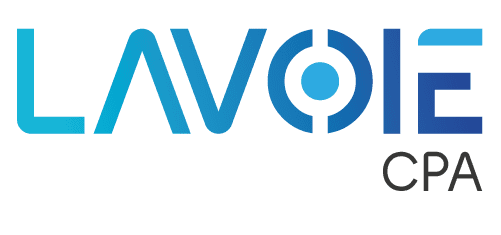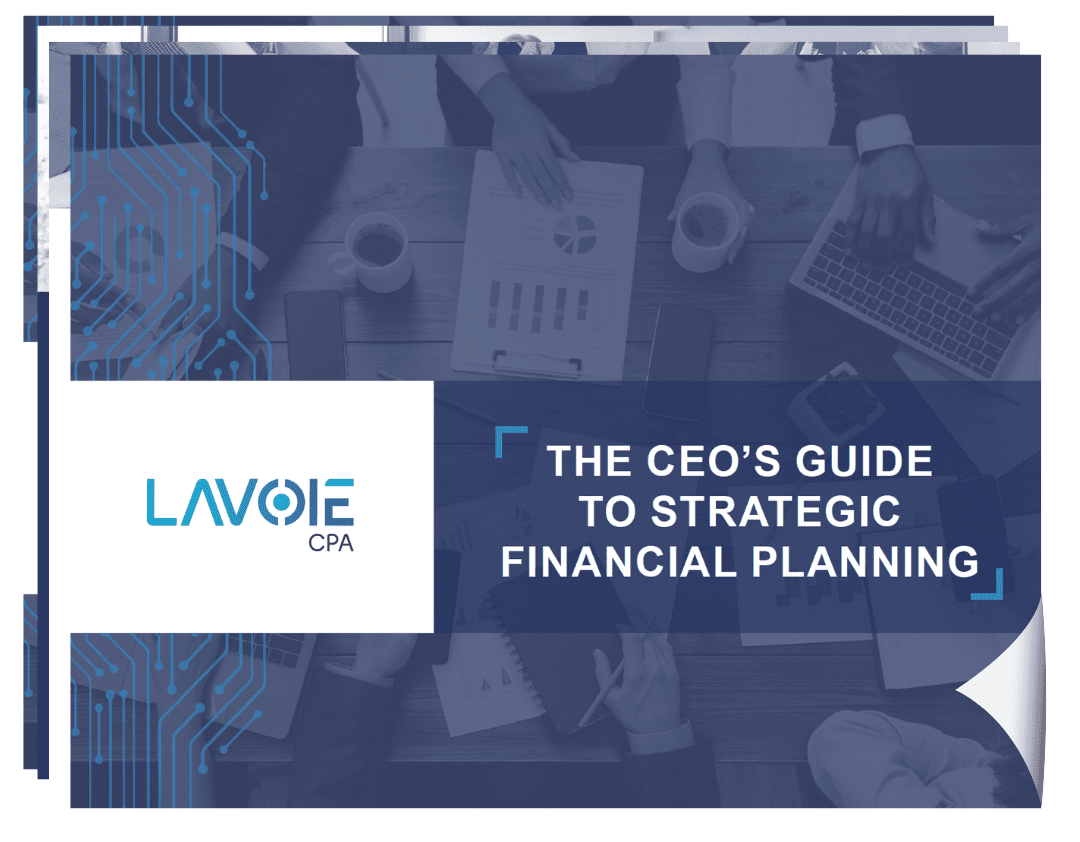
The Most Common Financial Mistakes CEOs Make
Many CEOs don’t have a background in financial planning yet are expected to develop strategies and make decisions that dramatically impact an organization’s financial health. As a result, CEOs make several common mistakes that can dramatically impact their company’s financial health and success.
Where CEOs Go Wrong
Getting too comfortable with “how you do things.”
Past performance is not indicative of future results. While an organization’s strategies may have worked in the past, situations can evolve, forcing changes to “how you do things.” CEOs must be ready and willing to adapt, not stuck in a rut.
Denying that every decision a business makes has some financial implication
Every decision that a business makes impacts its finances. Everything that a company does affects its ability to operate in terms of additional or lost revenue, productivity, expenses, etc. If nothing else, making the decision to do one thing means that the organization likely lacks the resources to do something else. All business decisions should take into account the associated financial implications.
Making every decision in a vacuum
As the CEO, you will be called to the carpet for every choice you make, financial or otherwise, so it is vital that you justify the decisions you make. Decisions should be made based upon the best data available and incorporate the input of all stakeholders and subject matter experts. Making decisions in a vacuum increases the probability that a poor decision will be made based upon incorrect data or assumptions.
Forecasting based on what is in the bank account at that time
An organization’s current bank balance is a snapshot in time. It can change rapidly and in unexpected ways. For example, something as simple as a vendor depositing a check earlier or later than usual can result in a significant discrepancy between what an organization’s current bank balance is and what it “should” be.
For this reason, an organization’s financial strategies should not be based on projections based on a current bank balance. A range of different factors could affect this and render any projections based on it erroneous and unusable.
No visibility into what you are owed and what you have to payout
Visibility into an organization’s liabilities and receivables is essential for a CEO. For example, do you have more liabilities than what you are expecting in your receivables? You could have 600k in receivables but 800k in liability.
If this is the case, then a CEO needs to develop a strategy to decrease expenses and liability relative to receivables. However, without visibility into the current state of liabilities and receivables, a CEO is unaware of the need to change.
Ignoring investments that don’t show up on the P&L
An organization’s profit and loss (P&L) statement summarizes its revenue, costs, and expenses during a specific period. However, it is not necessarily comprehensive and should not be treated as such.
Investments that do not show up on an organization’s P&L statement should still be incorporated into its financial strategy. While they may not impact long-term revenue and expenses, they will show up in cash flow. Failing to account for them could leave an organization looking financially healthy on paper but broke in reality.
Not considering seasonality
Many businesses have seasonal ebbs and flows. Such as an increase in work for construction workers in summer and increased e-commerce sales in the months approaching Christmas.
For others, the reasons may be less obvious (such as having more sales in summer because customers have more money), but these cyclic changes will still occur and should be incorporated into a CEO’s financial strategy. For example, building up cash reserves going into a dry season may be necessary to cover expenses while waiting for sales to trend upward again.
Planning once and refusing to iterate as things change
A business’s profitability is determined by a number of internal and external factors. While the COVID-19 pandemic and its economic impacts are a high-visibility example, businesses experience smaller changes much more frequently.
Adaptability is a critical component of an organization’s financial strategy. While the company may have certain goals and plans in place, if internal or external factors demand a change, it is essential to adapt rather than insisting on continuing with a course that isn’t working.






